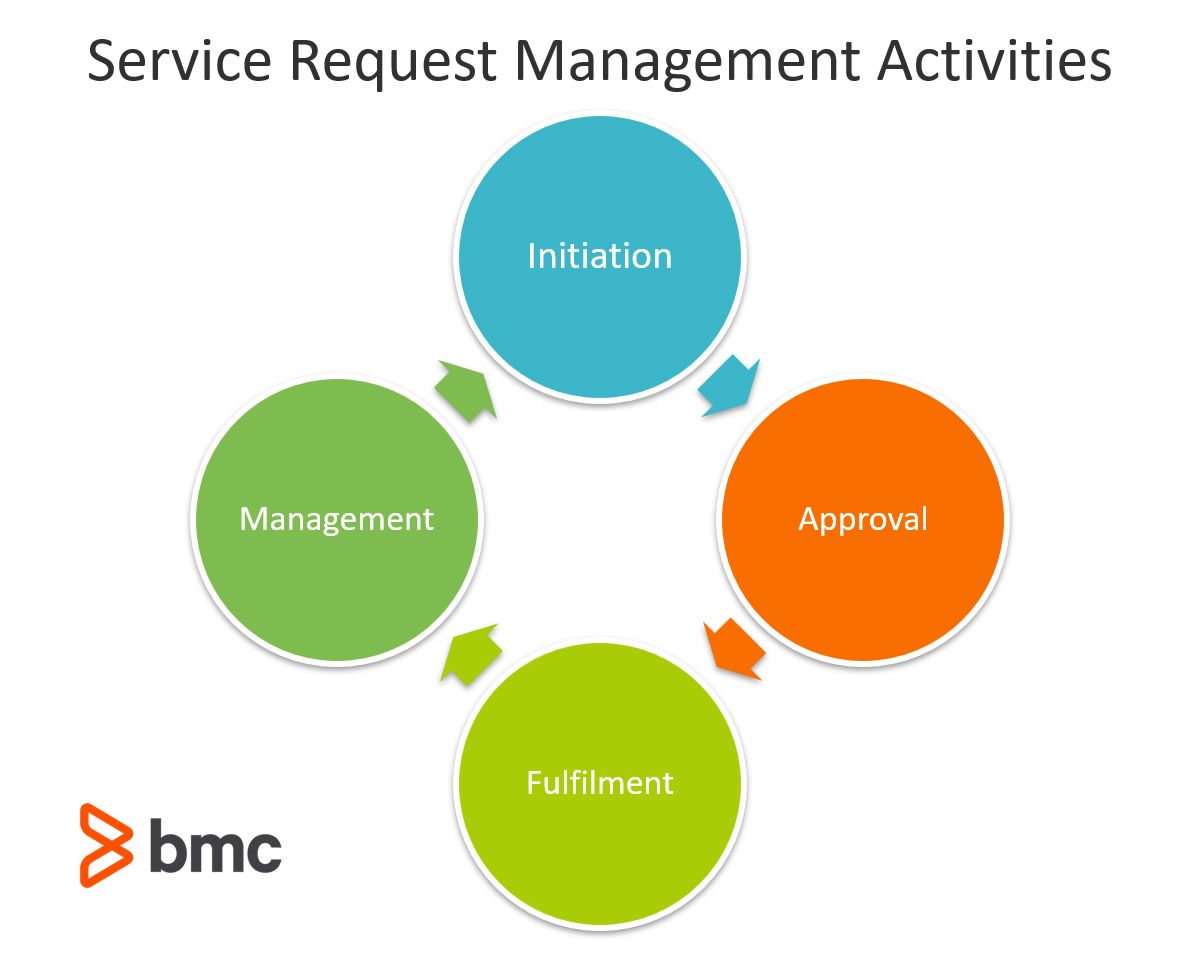Often, users will require support from the service provider in order to fully take advantage of the products and services on offer. That’s where service request management comes in. A service request is defined as a request from a user or a user’s authorized representative that initiates a service action which has been agreed as a normal part of service delivery. Service requests are not used in response a failure or degradation of service (which are handled as incidents).
Download Now: ITIL 4 Best Practice e-Books
These all-new for 2020 ITIL e-books highlight important elements of ITIL 4 best practices. Quickly understand key changes and actionable concepts, written by ITIL 4 contributors.
The purpose of the service request management practice is to support the agreed quality of a service by handling all pre-defined, user-initiated service requests in an effective and user-friendly manner. Service request management is dependent upon well-designed processes and procedures, which are operationalized through tracking and automation tools to maximize the efficiency of the practice. To be handled optimally, service request management should follow these guidelines:
- Service requests and their fulfilment should be standardized and automated to the greatest degree possible.
- Policies should define which service requests will be fulfilled with limited or even no additional approvals so that fulfilment can be streamlined.
- The expectations of users regarding fulfilment times and costs should be clearly set, based on what the organization can realistically deliver.
- Opportunities for improvement should be identified and implemented to produce faster fulfilment times and take advantage of automation.
Each service request may include one or more of the following:
| Request Type | Example |
| A request for a service delivery action | Setting up a SaaS account |
| A request for information | FAQ on using SharePoint |
| A request for provision of a resource or service | Issuing a mobile device |
| A request for access to a resource or service | Configuring color printing permission |
| Feedback, compliments, and complaints | Submitting feedback on new website homepage |
Where fulfilment of service requests requires changes to services or their components, then standard changes will be considered. Since service requests are pre-defined and pre-agreed as a normal part of service delivery, they can usually be formalized, with a clear, standard procedure for initiation, approval, fulfilment, and management.

Figure 1: Service Request Management Activities
Whether simple or complex, the steps to fulfil the request should be well-known and proven. This allows the service provider to agree times for fulfilment and to provide clear communication of the status of the request to users. This is because the direct interface with users has a huge impact on customer satisfaction and value perception.
Different types of service request will have different fulfilment workflows, but efficiency and maintainability will be improved if a limited number of workflow models are identified. When new service requests need to be added to the service catalogue, existing workflow models should be leveraged whenever possible. In line with the ITIL principle of optimize and automate, some service requests can be completely fulfilled by automation from submission to closure, allowing for a complete self-service experience. This provides huge value in terms of efficiency and effectiveness for the service provider, and a satisfying customer experience.
Contribution of Service Request Management to the Service Value Chain
Service request management is involved in all service value chain activities except the plan activity as shown below:
| Engage | Service request management includes regular communication to collect user-specific requirements, set expectations, and to provide status updates. |
| Design and Transition | Standard changes to services can be initiated and fulfilled as service requests. |
| Obtain/Build | The fulfilment of service requests may require acquisition of pre-approved service components. |
| Deliver and Support | This activity of the value chain is mostly concerned with ensuring users continue to be productive, and sometimes depends heavily on fulfilment of their requests. |
| Improve | Service request management can provide a channel for improvement initiatives, compliments, and complaints from users. It also contributes to improvement by providing trend, quality, and feedback information about fulfilment of requests. |
ITIL® is a registered trade mark of AXELOS Limited. IT Infrastructure Library® is a registered trade mark of AXELOS Limited.







